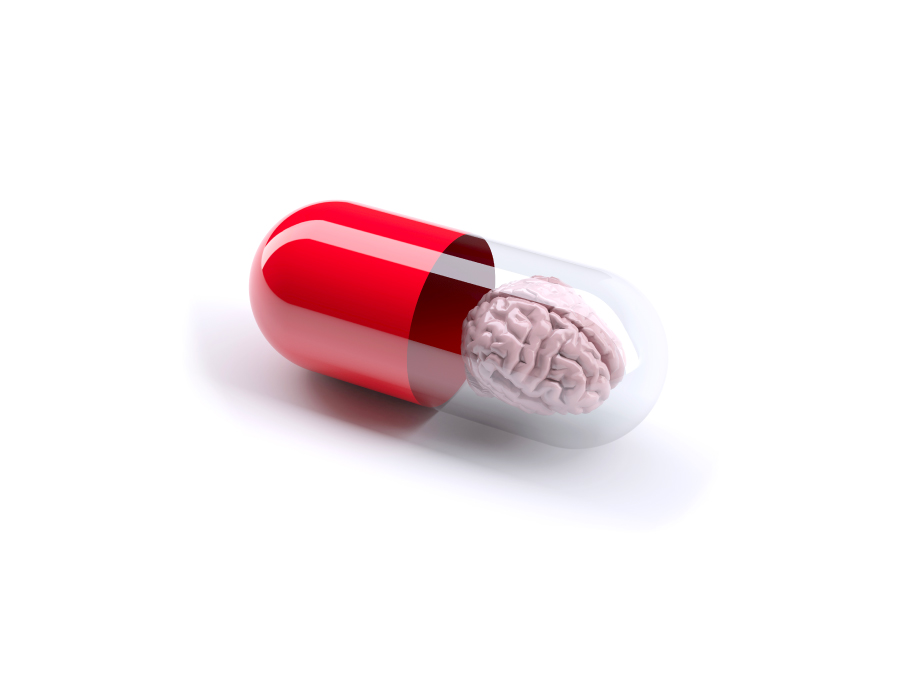Hypertension
Perspective
In the United States, people of African descent have higher disease prevalence and poorer BP control. Chronic HTN is appropriately controlled in only 50% of the population.
Definition
According to the JNC7, BP levels
- 120-139/80-89 mm Hg is pre-HTN
- 140-159/90-99 mm Hg is stage I HTN
- 160/100 mm Hg or higher is stage II HTN
Pathophysiology
Contributing factors:
Neurohormonal dysregulation
- SNS, NE
- Causes vasoconstriction via peripheral alpha1-adrenergic receptors of vascular smooth muscles. This occurs primarily in small diameter arterioles. Constriction of small diameter as a sum is the primary driver of SVR and thus afterload.
- Beta1-stimulation: increased CO via increasing HR and SV (CO=HRxSV)
- Direct effect on the kidney that promote sodium reabsorption leading to increase circulating blood volume.
- Activation of RAAS ? activation of ANGII ? vasoconstriction
- Vascular modulation
- patients with chronic HTN have remodeled vasculature
- Large vessels (e.g. aorta and carotid arteries), there is intima-media thickening with minimal luminal narrowing, vs
- small-vessels, remodeling leads to narrower lumen diameter. These changes work to normalize wall stress overall, but there is reduced vasodilatory capacity.
- Sodium intake
- The average american has a daily sodium intake of 3500 mg (vs recommended level of 1500 mg).
- RCT show a decrease in 7 mm Hg/1200mg of sodium intake.
- Psychosocial stress
- effects via the SNS and hypothalamic pituitary axis
- Obesity
- Increased BMI >30 kg/m2 is a known risk factor for HTN
- Obese individuals have high circulating levels of aldosterone and cortisol.
- There is a high association with obesity and DM and OSA, both of which contribute to poor BP control.
- cardiac function
- renal function
Management
MAP = (CO x SVR) + CVP
- MAP, represents the average arterial pressure during one cardiac cycle
- CO, reflects the pumping force of the heart
- SVR, reflects vasogenic tone in the arterioles (i.e. afterload)
- CVP, represents intravascular volume
**All classes of anti-hypertensive medications, with the exception of pure beta-blockers, decrease SVR.
Prognosis
Mortality is known to double with 20/10 mm Hg rise above the idea level of 115/75 mm Hg.
Discussion
What to join the discussion? Sign-up here!
The are currently no comments
